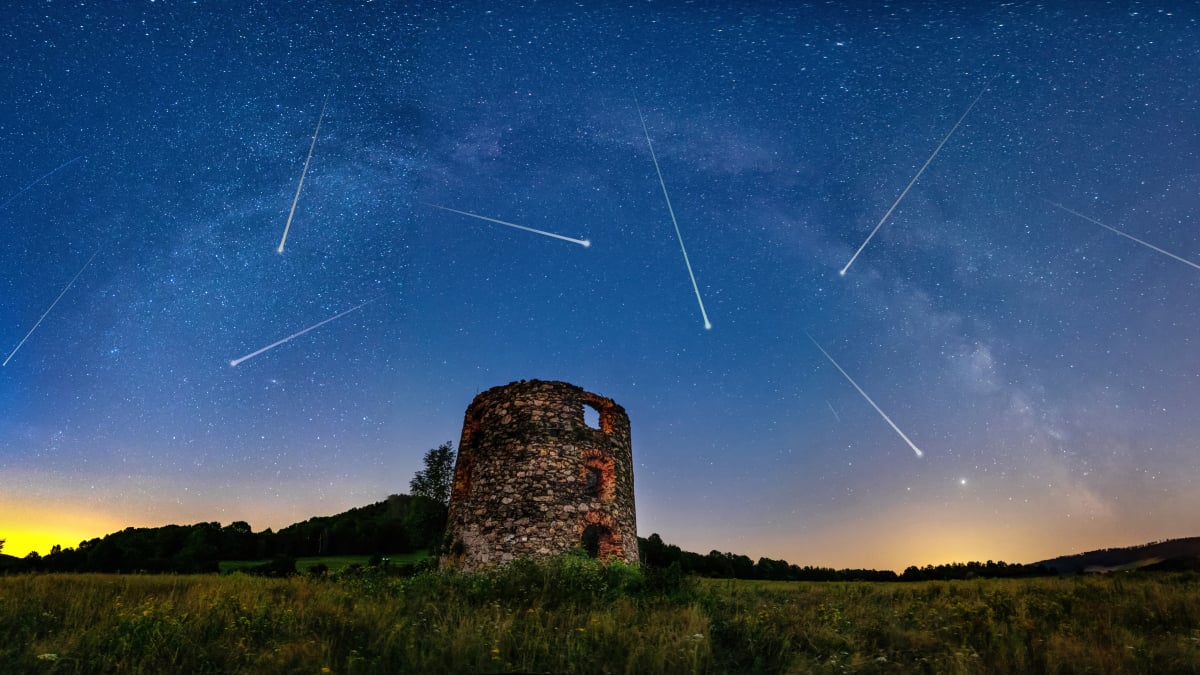Hoping to kick the new year off with a nice view of a meteor shower? You’re sort of in luck because the night of Jan. 3 and the early morning of Jan. 4 will present a so-so opportunity to catch a glimpse of the Quadrantids.
The brighter the moon in the sky, the less detail you’re going to see, and in that sense, this year will be good but not great for Quadrantids fans. Last year, by contrast, the moon was almost full during the peak of the Quadrantids — bad news for stargazers. 2024 is looking only slightly better, with the moon at approximately half illumination.
When to look up and see the Quadrantids
Each year, from about Jan. 1 to 5, this shower arrives, and there will be some visible meteor activity every night during that window — though the night of January 3 and the early hours of January 4 will be your best bet. The best time to look will be just after midnight, or any time the meteors’ radiant point, the constellation Bootes, is in the night sky.
The peak hours according to the American Meteor Society are “between the local hours of 1-5am” for locations in North America, but as always, check your local listings, and keep in mind that the weather doesn’t obey the whims of stargazing calendars.
Mashable Light Speed
What’s a ‘Quadrantid’ anyway?
If your last astronomy lesson was decades ago, you may have forgotten what meteors even are, and there’s no shame in that. Yes, they’re the same things as “shooting stars,” but that name is pretty deceptive because meteors are just tiny space dust particles burning up in Earth’s atmosphere. They’re also not light-years away from our eyes like stars. Rather, they’re a few dozen miles away.
This particular space dust most likely flew off of a comet called 2003 EH1, discovered in the year it’s named after. As Earth’s orbit carries us over and over through the comet’s trail of cosmic leftovers, the dust particles — or meteoroids — collide with our atmosphere, resulting in the light show we call a meteor shower.
How to watch for the Quadrantids
To have any hope of a dazzling show, you need to get away from city lights. These meteors radiate from the position of the Bootes constellation in the sky, and a stargazing app might help if you don’t know how to find Bootes. However, don’t fixate on Bootes, because the meteors will be seemingly everywhere above your head. Just lean back, stay warm, let your eyes get used to the dark, and keep looking up.
Unless there’s cloud cover, given enough time, you’ll see something exciting.




